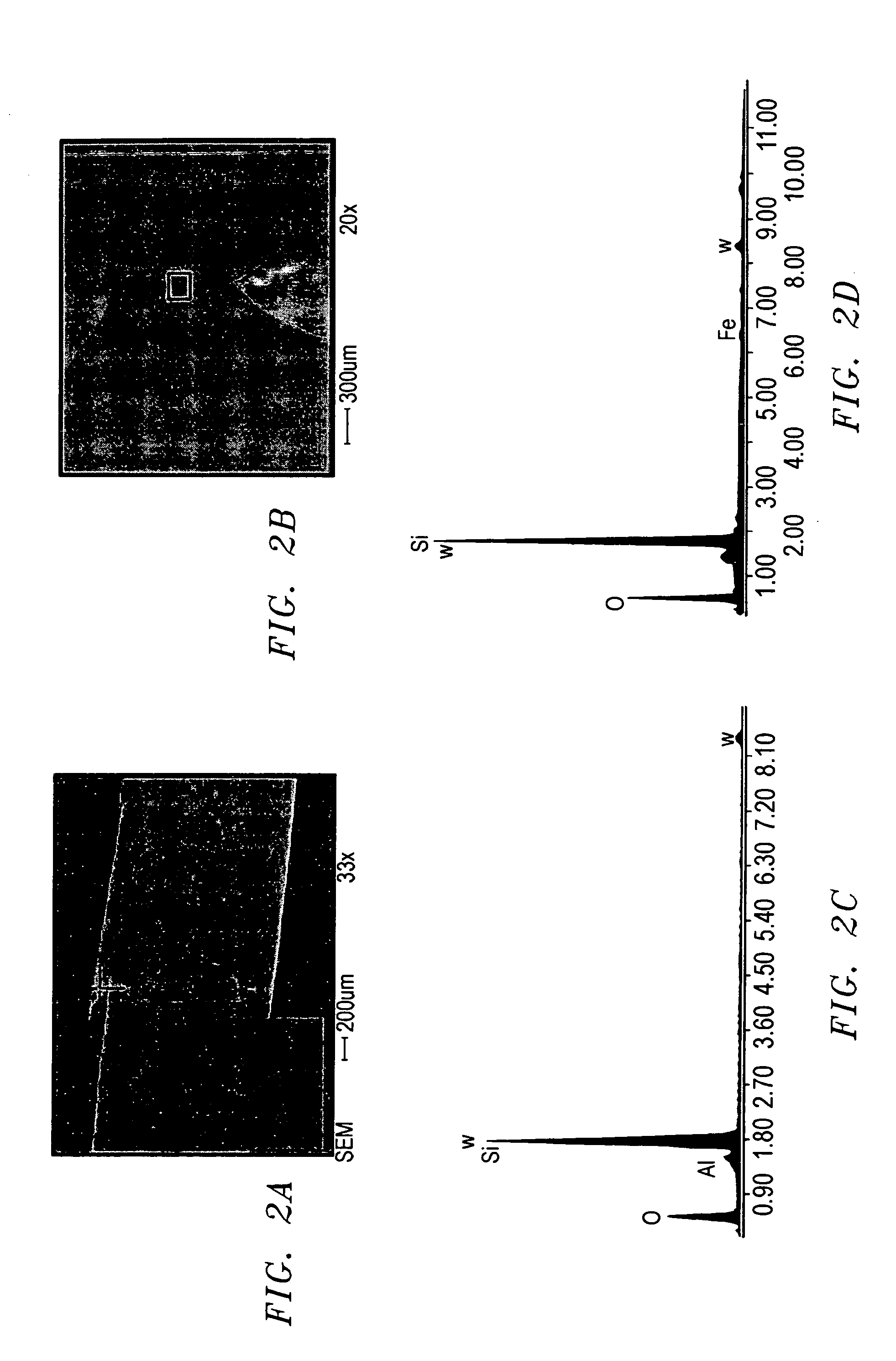Cold cathode ion gauge
a cathode ion gauge and gauge technology, applied in vacuum gauges, fluid pressure measurement, instruments, etc., can solve the problems of increasing the probability of collisions with gases in the gauge, losing sensitivity in a high vacuum, and gas in the vacuum chamber chemically reacting, etc., to achieve the effect of prolonging li
- Summary
- Abstract
- Description
- Claims
- Application Information
AI Technical Summary
Benefits of technology
Problems solved by technology
Method used
Image
Examples
Embodiment Construction
[0028]The invention solves the problem of reduced CCIG useful life at low pressures. The present invention is particularly suited for measuring high vacuum containing unfriendly gases that could cause deposition, corrosion, or other problems. Such gases are typically introduced into the system for use with charge-particle beams, for example, in a circuit edit or mask repair process, for charged particle beam induced deposition or etching. The invention is particularly suitable for use in a vacuum system having a pressure less than about 10−5 Torr, particularly in the high vacuum range of 10−6 to 10−5 Torr. While the invention solves problems related to vacuum systems using unfriendly gases at high vacuums, the invention is not limited to those applications and aspects of the invention can be beneficially applied to vacuum gauges in other vacuum systems.
[0029]Applicant has discovered that the degradation CCIGs in an environment of unfriendly gases can be caused by the charged-particl...
PUM
| Property | Measurement | Unit |
|---|---|---|
| pressure | aaaaa | aaaaa |
| discharge current density | aaaaa | aaaaa |
| current density | aaaaa | aaaaa |
Abstract
Description
Claims
Application Information
 Login to View More
Login to View More - R&D
- Intellectual Property
- Life Sciences
- Materials
- Tech Scout
- Unparalleled Data Quality
- Higher Quality Content
- 60% Fewer Hallucinations
Browse by: Latest US Patents, China's latest patents, Technical Efficacy Thesaurus, Application Domain, Technology Topic, Popular Technical Reports.
© 2025 PatSnap. All rights reserved.Legal|Privacy policy|Modern Slavery Act Transparency Statement|Sitemap|About US| Contact US: help@patsnap.com



